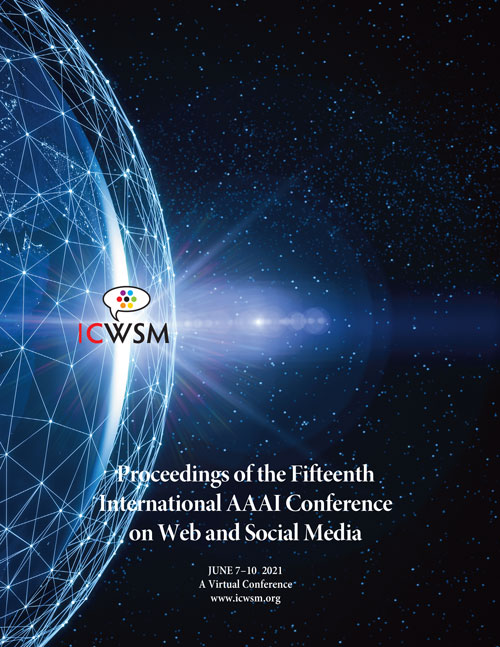Identifying Misinformation from Website Screenshots
DOI:
https://doi.org/10.1609/icwsm.v15i1.18036Keywords:
Web and Social MediaAbstract
Can the look and the feel of a website give information about the trustworthiness of an article? In this paper, we propose to use a promising, yet neglected aspect in detecting the misinformativeness: the overall look of the domain web page. To capture this overall look, we take screenshots of news articles served by either misinformative or trustworthy web domains and leverage a tensor decomposition based semi-supervised classification technique. The proposed approach i.e., VizFake is insensitive to a number of image transformations such as converting the image to grayscale, vectorizing the image and losing some parts of the screenshots. VizFake leverages a very small amount of known labels, mirroring realistic and practical scenarios, where labels (especially for known misinformative articles), are scarce and quickly become dated. The F1 score of VizFake on a dataset of 50k screenshots of news articles spanning more than 500 domains is roughly 85% using only 5% of ground truth labels. Furthermore, tensor representations of VizFake, obtained in an unsupervised manner, allow for exploratory analysis of the data that provides valuable insights into the problem. Finally, we compare VizFake with deep transfer learning, since it is a very popular black-box approach for image classification and also well-known text based methods. VizFake achieves competitive accuracy with deep transfer learning models while being two orders of magnitude faster and not requiring laborious hyper-parameter tuning.Downloads
Published
2021-05-22
How to Cite
Abdali, S., Gurav, R., Menon, S., Fonseca, D., Entezari, N., Shah, N., & Papalexakis, E. E. (2021). Identifying Misinformation from Website Screenshots. Proceedings of the International AAAI Conference on Web and Social Media, 15(1), 2-13. https://doi.org/10.1609/icwsm.v15i1.18036
Issue
Section
Full Papers

